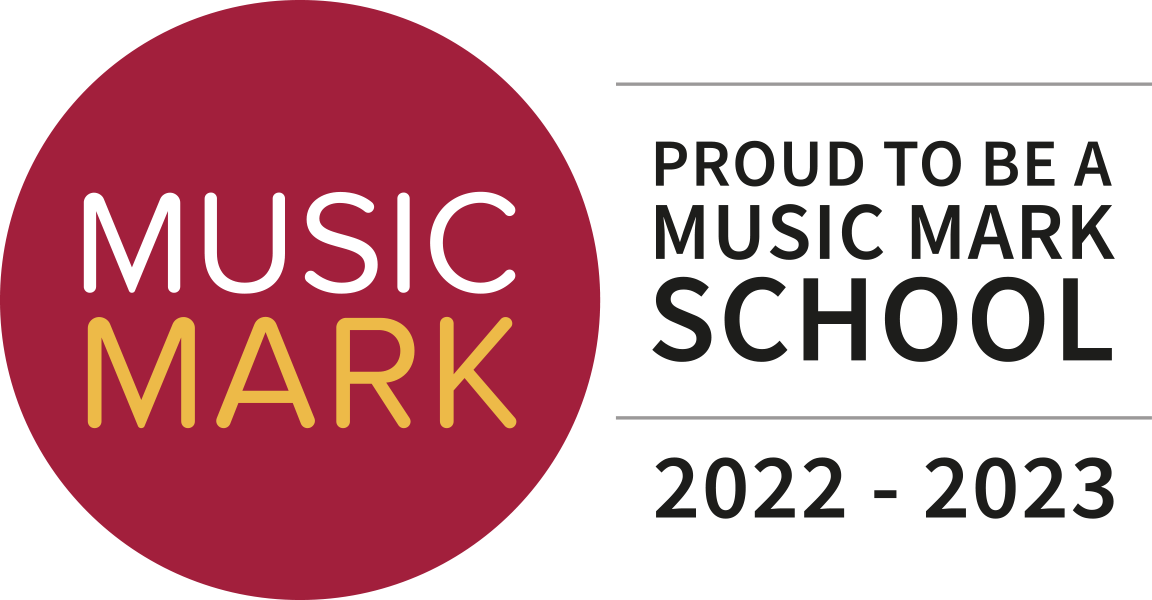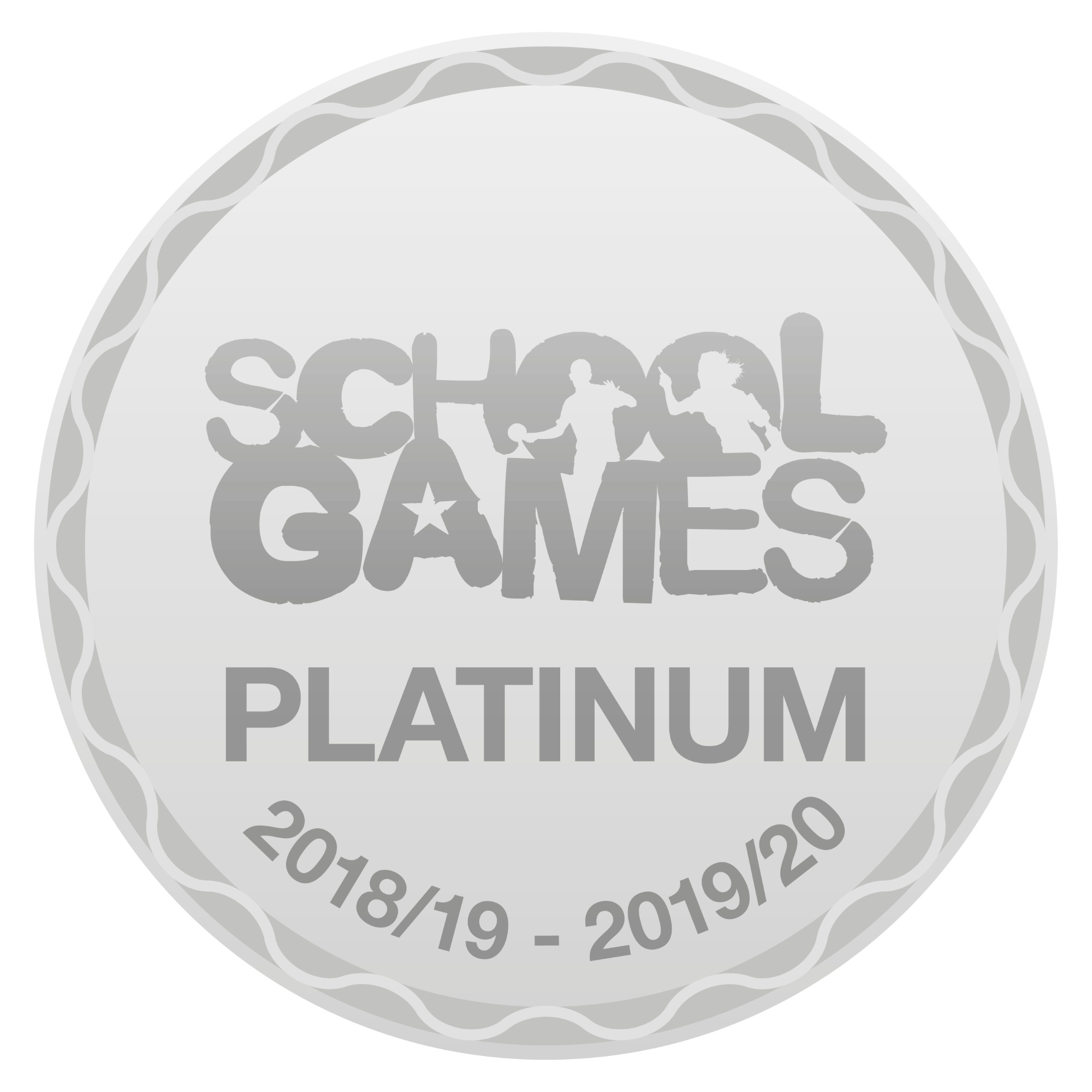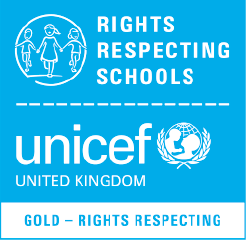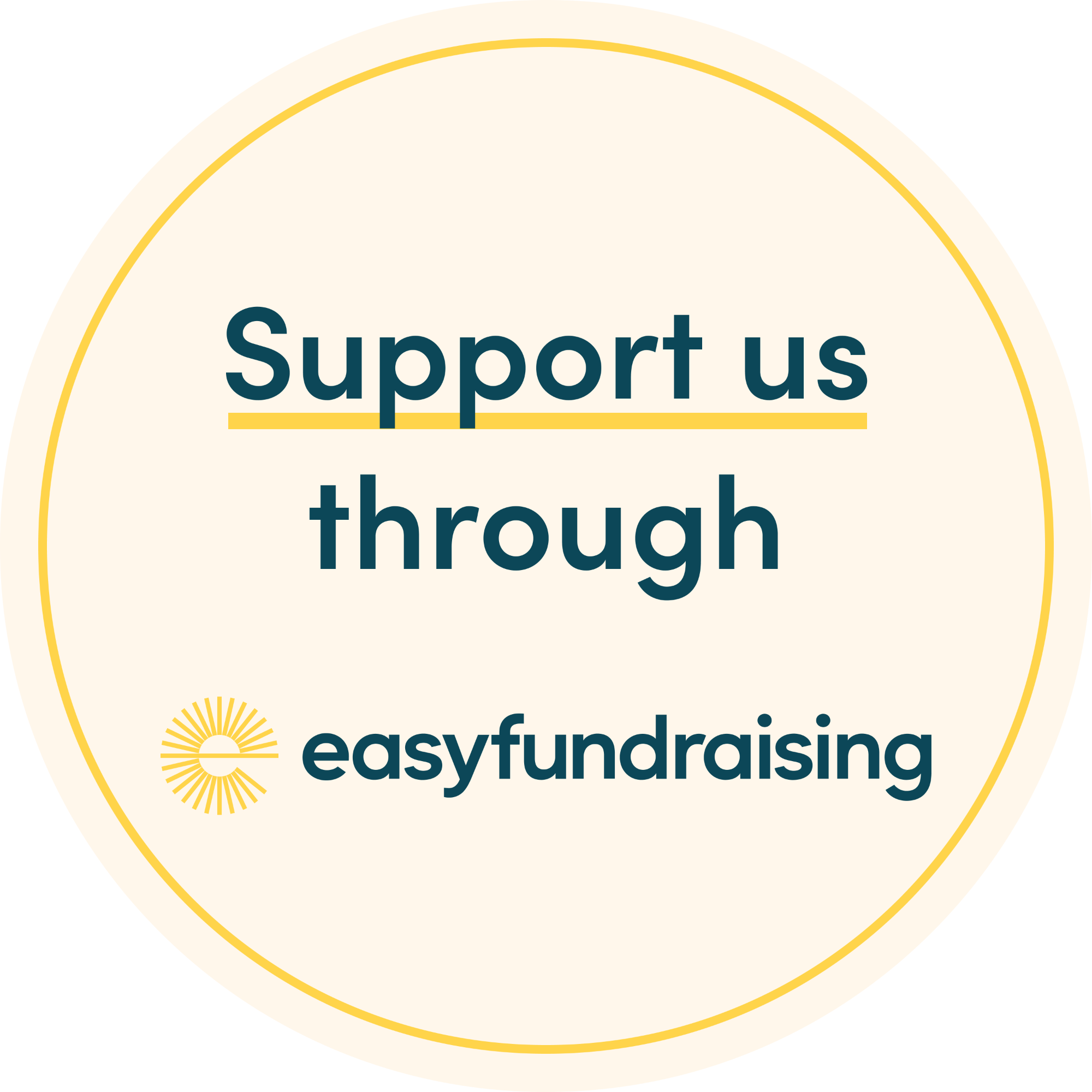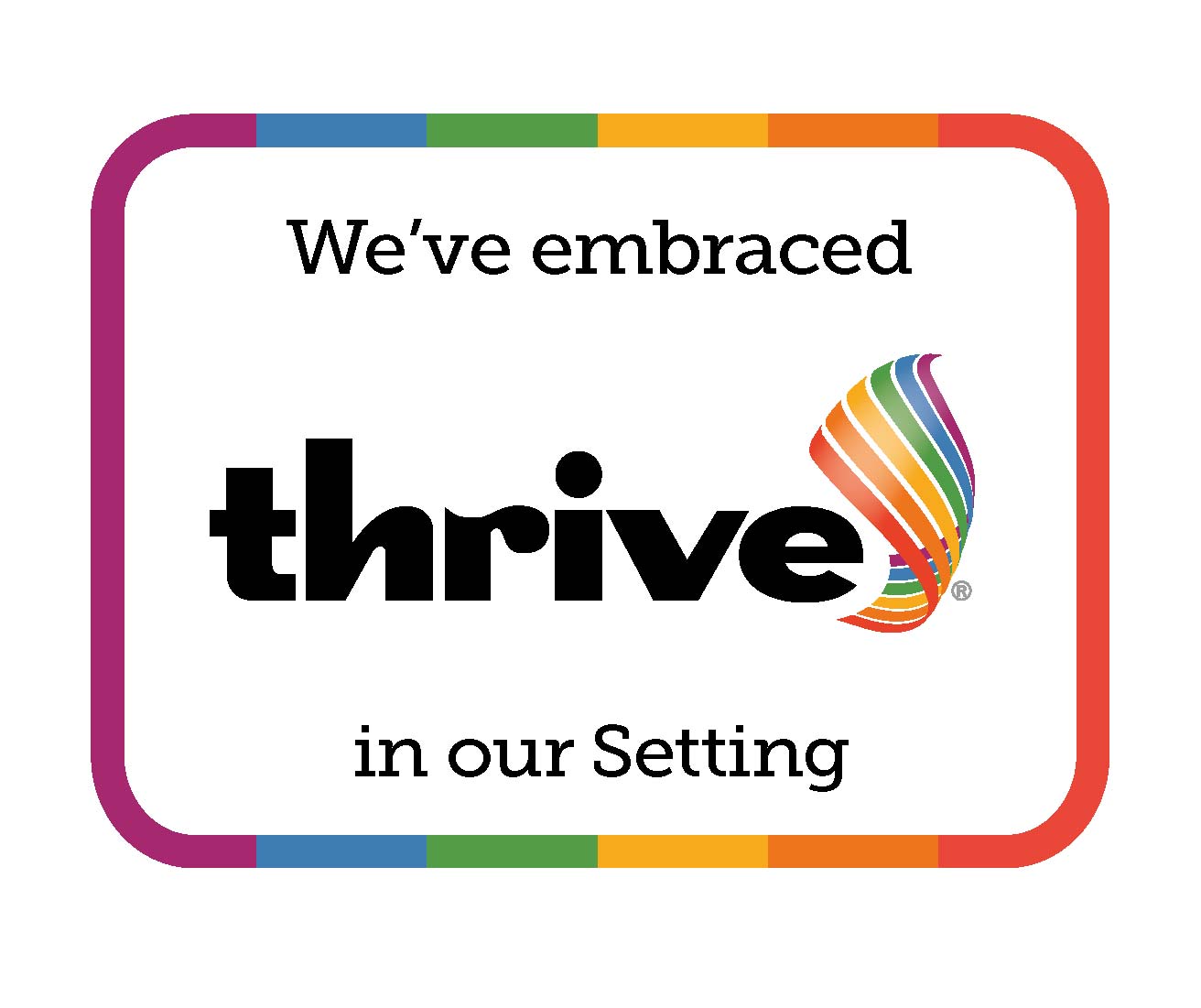Computing
Computing Curriculum Statement
At The Federation of St Edmund’s and St Joseph’s Catholic Primary Schools we value Computing and the use of technology inside and outside of the classroom. We recognise the impact technology has on the world around us and we understand the need to prepare our children to meet the technological environment within and beyond the school.
- We expect children to become confident, creative users of technology: Children will be expected to make decisions regarding their own use of technology, choosing varied and appropriate technologies to suit a purpose.
- Children will become independent risk takers, not being afraid to try new things and experiment with different technologies.
- Children will become question askers, developing analytical skills. They will learn to assess their own methods and use of technology.
- Children will be safe users of technology, understanding how to keep themselves safe through knowledge of the risks technology can pose.
In addition we are committed to the effective use of technology to support teaching, administration and communication within the school community.
Our Curriculum
To achieve the vision statement above, we ensure our curriculum stays uptodate and relevant. We use the 'Rising Stars Switched On' scheme of work as the backbone of our curriculum, however this has been widely adapted to meet the changing opportunities in technology and also to match the level of the children as they become more proficient throughout the school. For example, we have introduced a Python unit of work and a robotics unit of work using Crumblebots.
We are fortunate that, in addition to using technology within other curriculum areas with their class teacher, we have a subject specialist teacher that takes Computing lessons across all Keystage 2 classes for approximately one hour per week. The software section below will give a flavour of the resources used within lessons.
Software we use in school
We are mainly a Microsoft Windows and iPad based school, also utilising Google Classrooms for remote learning and meetings. This means that by the time the children leave us in year 6 they will be very familiar with how to operate on these platforms in particular.
Aside from the paid-for software such as the Microsoft packages (including blogging on Microsoft SharePoint, creating online Forms etc.) the following websites and software are freely available for you to use at home. Sometimes we might use an education version of the free software, but essentially they are the same:
Year 1
iMovie App on iPads (or any other app that allows combining of video clips)
Card Making (Website: example of parts of the card before we make our own using other software)
Year 2
Scratch Space SIM (website: using a start block followed by the red blocks to control)
Scratch game (website: used to test this game to analyse how it works)
Camera app on iPad (or any other camera app with photo editing options)
Year 3
Scratch 3.0 (website and optional download to create animations using the glide and move options)
iMovie App on iPads (or any other app that allows combining and editing of video clips)
Year 4
Scratch 3.0 (website and optional download to create their own timetables game with scoring systems)
Isle of Tune (website: to understand loops and samples within digital music)
Audacity (software free to download: children record and edit sounds to import in LMMS)
LMMS (software free to download: children create digital music importing sounds from Audacity)
HTML Trinket (website: to code in html)
PBWorks WIKI site (website requires signup: construct wiki pages and edit others)


